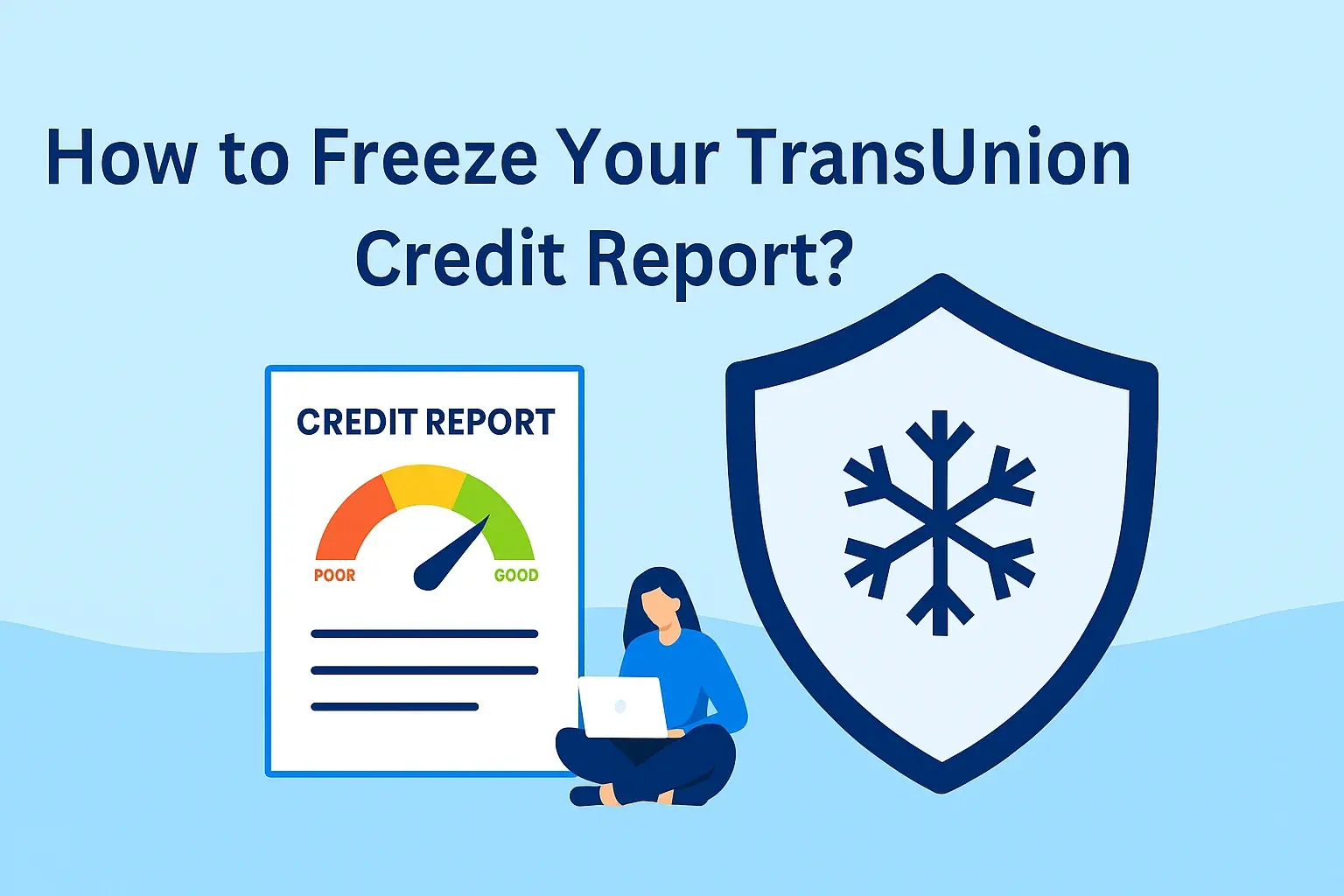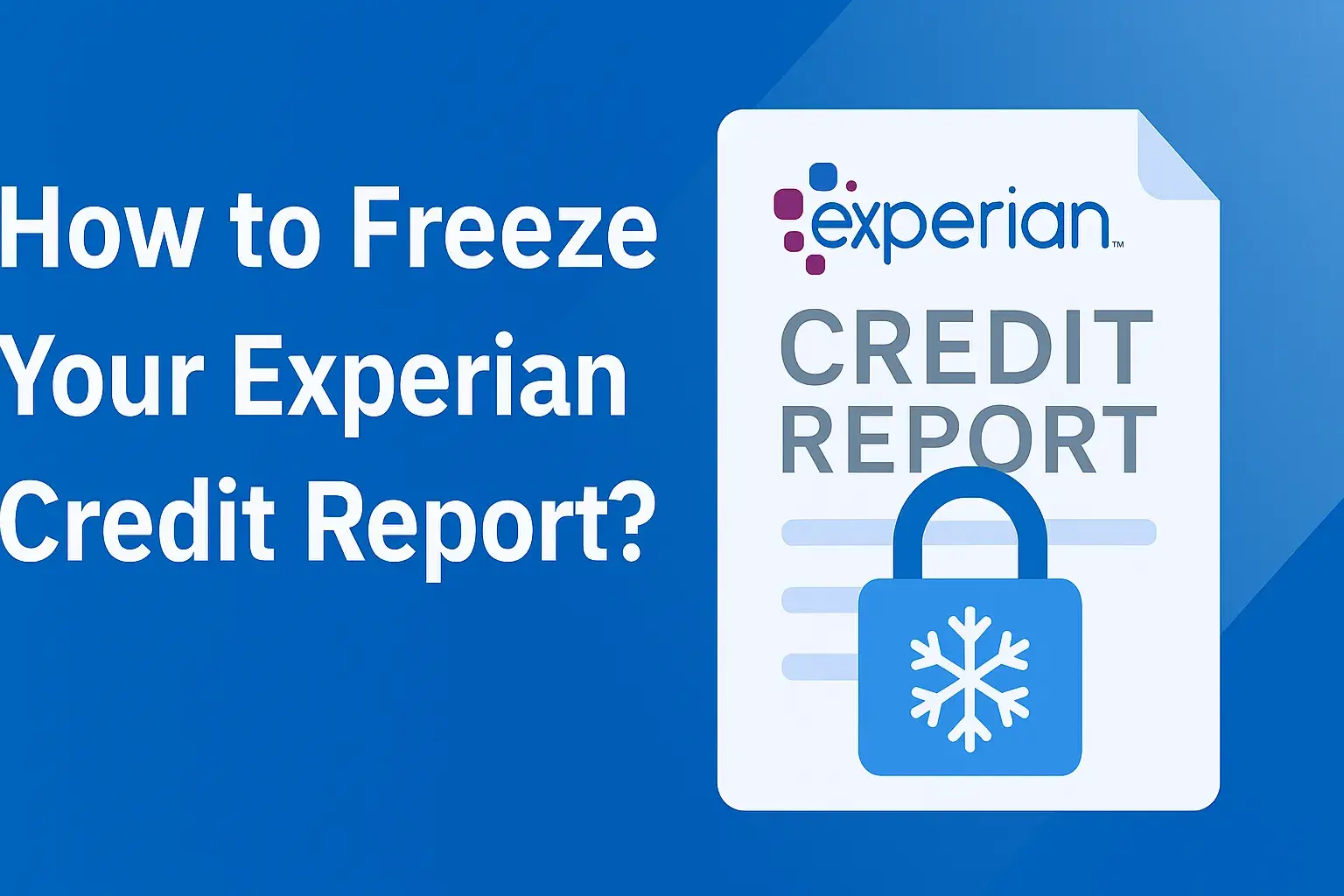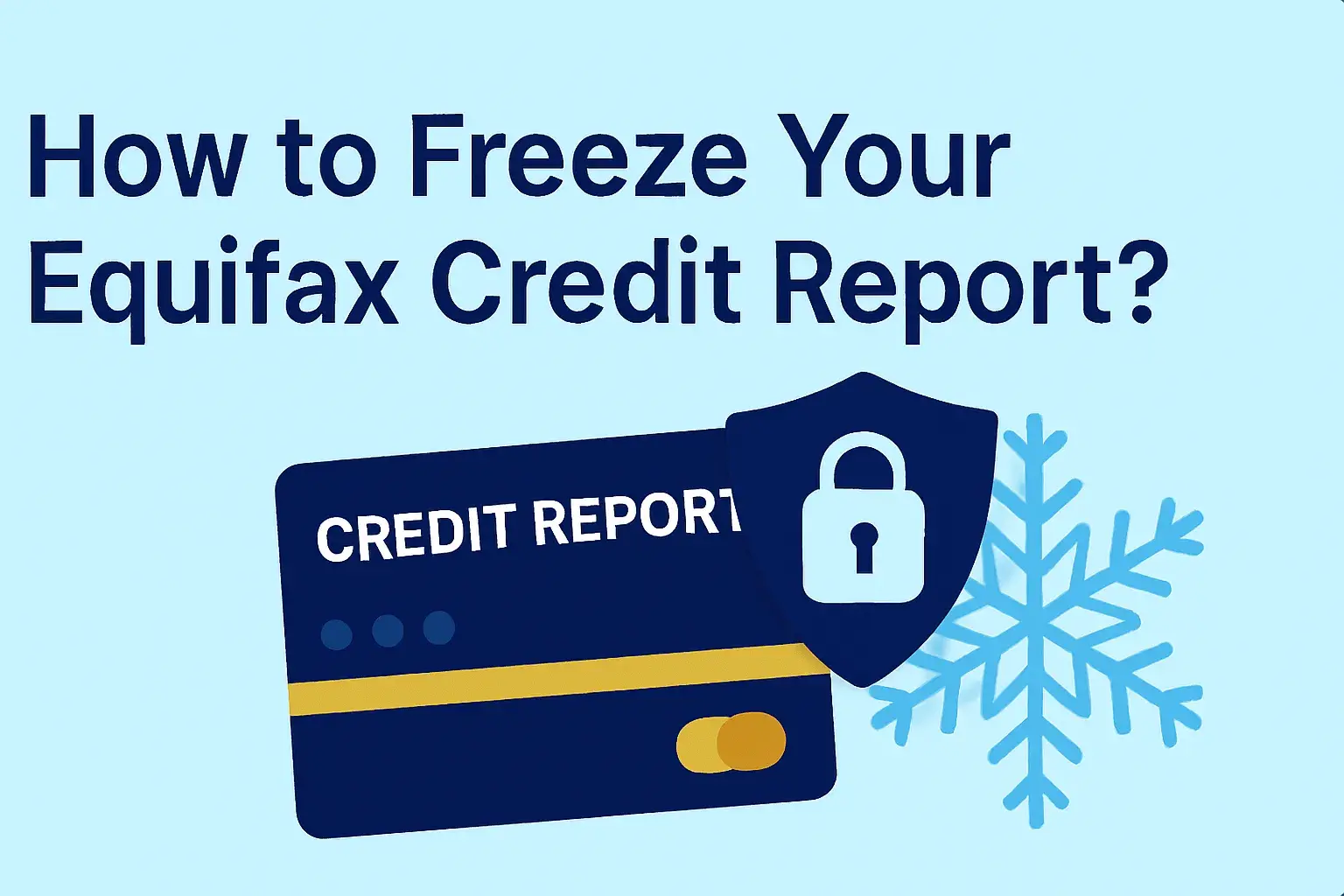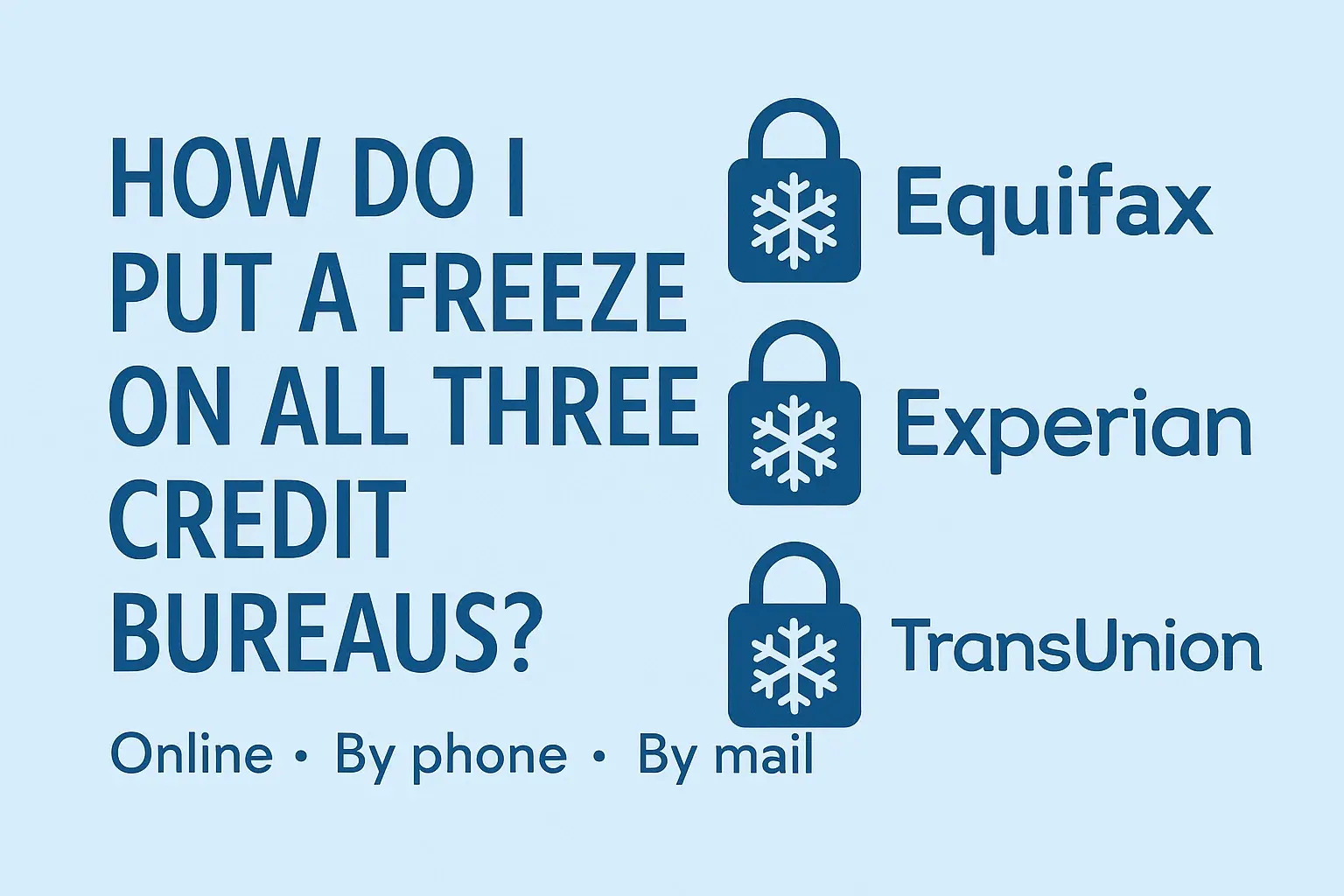-
Posted on: 13 Jul 2024
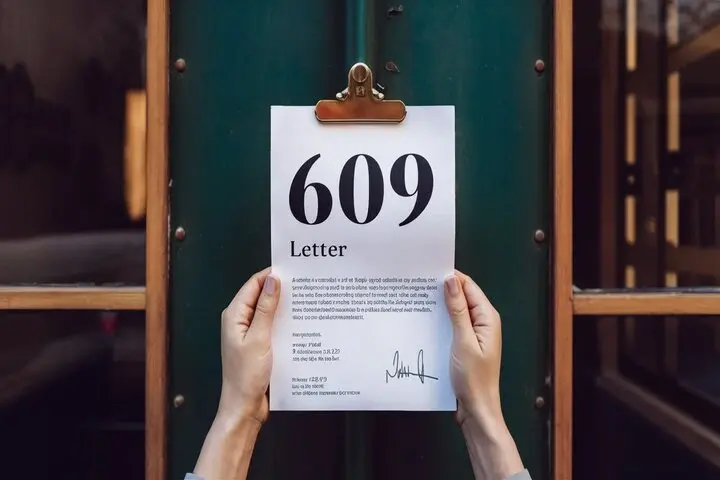
-
Your credit report plays a crucial role in your financial life. It influences your ability to secure loans, rent an apartment, and even get a job. Unfortunately, errors and inaccuracies can creep into your credit report, negatively impacting your credit score and hindering your financial goals. One tool you can use to fight these errors is a 609 letter. But what exactly is a 609 letter, and how can it help you?
Understanding the Basics of Credit Reports and Credit Scores
Before diving into the specifics of a 609 letter, it's essential to understand the fundamental concepts of credit reports and credit scores.
- Credit Report: A credit report is a detailed record of your credit history. It includes information such as your payment history, outstanding debts, credit accounts, and any bankruptcies or legal judgments. The three major credit bureaus – Equifax, Experian, and TransUnion – compile and maintain these reports.
- Credit Score: A credit score is a three-digit number that summarizes your creditworthiness. It's derived from the information in your credit report and is used by lenders to assess the risk of lending you money. Higher credit scores generally indicate lower risk. Common credit scoring models include FICO and VantageScore.
Why Credit Report Accuracy Matters
Even minor inaccuracies on your credit report can significantly impact your credit score. A lower credit score can lead to higher interest rates on loans, difficulty getting approved for credit cards, and even denial of housing or employment. Therefore, it's crucial to regularly review your credit report and dispute any errors or outdated information.
What is a 609 Letter?
A 609 letter is a specific type of dispute letter used to challenge information on your credit report based on Section 609 of the Fair Credit Reporting Act (FCRA). This section of the FCRA outlines your right to request the method of verification used by credit bureaus to confirm the accuracy of information on your credit report.
In essence, a 609 letter asks the credit bureaus to provide proof that they have verified the accuracy of the information they are reporting. If they cannot provide this verification, they are legally obligated to remove the disputed information from your credit report.
The Fair Credit Reporting Act (FCRA) and Section 609
The Fair Credit Reporting Act (FCRA) is a federal law that promotes the accuracy, fairness, and privacy of consumer information contained in the files of consumer reporting agencies (credit bureaus). Section 609 of the FCRA specifically addresses your rights to request information on the sources and methods used to verify the information on your credit report. This section is the legal basis for using a 609 letter.
According to Section 609, you have the right to request the following from credit bureaus:
- The source of the information they are reporting.
- The methods used to verify the accuracy of the information.
How a 609 Letter Works: A Step-by-Step Guide
Using a 609 letter effectively involves several steps:
- Obtain Your Credit Report: The first step is to obtain a copy of your credit report from each of the three major credit bureaus: Equifax, Experian, and TransUnion. You are entitled to a free credit report from each bureau once per year through AnnualCreditReport.com. Review your reports carefully, looking for any errors, inaccuracies, or outdated information.
- Identify Inaccurate Information: Carefully review each item on your credit report. Look for any discrepancies, such as incorrect account balances, late payments that are not accurate, accounts you don't recognize, or incorrect personal information.
- Draft Your 609 Letter: Write a separate 609 letter for each credit bureau, focusing on the specific inaccuracies you've identified. Your letter should be clear, concise, and professional. It should include:
- Your full name, address, and date of birth.
- The name of the credit bureau you are contacting.
- Your account number(s) on the credit report.
- A clear description of the inaccurate information you are disputing.
- A request for the method of verification used to confirm the accuracy of the disputed information, referencing Section 609 of the FCRA.
- A statement requesting the removal of the inaccurate information if the credit bureau cannot provide verification.
- A copy of your driver's license or another form of identification.
- A copy of a utility bill or other proof of address.
- Your signature.
- Send Your Letter by Certified Mail: Send your 609 letter to each credit bureau by certified mail with return receipt requested. This provides you with proof that the credit bureau received your letter.
- Wait for a Response: The credit bureaus have 30 days to investigate your dispute and respond to your letter.
- Review the Response: Once you receive a response from the credit bureau, review it carefully. The credit bureau may:
- Remove the disputed information.
- Confirm that the information is accurate.
- Request additional information from you.
- Follow Up: If the credit bureau confirms that the information is accurate or requests additional information, you may need to provide further documentation or escalate your dispute. If the information is removed, monitor your credit report to ensure that it remains off your report.
Sample 609 Letter Template
Here's a sample template you can adapt for your own use:
[Your Name] [Your Address] [Your City, State, Zip Code] [Your Date of Birth] [Your Social Security Number (Optional)] [Date] [Credit Bureau Name] [Credit Bureau Address] [Credit Bureau City, State, Zip Code] Subject: Formal Dispute of Information on Credit Report – Account Number: [Your Account Number] Dear [Credit Bureau Name], I am writing to dispute the following inaccurate information on my credit report. I am requesting that you investigate and remove this information as it is not accurate. Specifically, I am disputing the following: [Clearly describe the inaccurate information, including the account name, account number, and reason for dispute. Be as specific as possible. For example: "Account: ABC Credit Card, Account Number: 1234567890, reporting a late payment on January 15, 2023, which is inaccurate. I made the payment on time." Or, "Account: XYZ Collections, Account Number: 9876543210, listed as a debt I owe. I have never had an account with XYZ Collections and believe this is a case of mistaken identity."] Pursuant to Section 609 of the Fair Credit Reporting Act (FCRA), I am requesting that you provide me with the method of verification used to confirm the accuracy of this information. If you cannot provide valid verification of this information within the timeframe required by the FCRA, I request that you immediately remove this item from my credit report. Enclosed are copies of my driver's license and a utility bill as proof of my identity and current address. Thank you for your time and attention to this matter. I look forward to your prompt response. Sincerely, [Your Signature] [Your Typed Name]
When Should You Use a 609 Letter?
A 609 letter is most effective in the following situations:
- Inaccurate Account Information: When your credit report contains incorrect account details, such as incorrect balances, payment history, or account statuses.
- Mistaken Identity: When information on your credit report belongs to someone else with a similar name or address.
- Outdated Information: When negative information remains on your credit report longer than allowed by law (typically seven years for most negative items and ten years for bankruptcies).
- Unverifiable Debt: When a debt collector cannot provide sufficient documentation to prove that you owe the debt.
- Potential Fraud or Identity Theft: If you suspect that your identity has been stolen and fraudulent accounts have been opened in your name.
Alternatives to a 609 Letter
While a 609 letter can be a valuable tool, it's not the only way to dispute errors on your credit report. Here are some alternative approaches:
- Direct Dispute with the Creditor: Contact the creditor or lender directly to dispute the inaccurate information. This can be particularly effective if the error originated with the creditor.
- Online Dispute with Credit Bureaus: All three major credit bureaus offer online dispute portals where you can submit your dispute electronically. This is often a faster and more convenient option than sending a letter by mail.
- Debt Validation Letter: If you are dealing with a debt collector, you can send a debt validation letter requesting proof that you owe the debt. This is similar to a 609 letter but is specifically targeted at debt collectors.
Common Mistakes to Avoid When Using a 609 Letter
To maximize the effectiveness of your 609 letter, avoid these common mistakes:
- Not Obtaining Your Credit Report First: It's essential to review your credit report thoroughly before sending a 609 letter. Otherwise, you may not be aware of all the inaccuracies that need to be addressed.
- Sending a Vague or Unclear Letter: Your letter should be clear, concise, and specific about the information you are disputing. Vague or general statements are less likely to be effective.
- Failing to Provide Supporting Documentation: Include copies of any documents that support your dispute, such as payment records, account statements, or identification documents.
- Only Sending One Letter: Be prepared to follow up with the credit bureau if you don't receive a satisfactory response. You may need to send additional letters or escalate your dispute to a higher level.
- Assuming a 609 Letter is a Magic Bullet: A 609 letter is a tool for disputing *inaccurate* information. It is not a way to remove legitimate, negative information from your credit report.
Does a 609 Letter Guarantee Results?
It's important to understand that a 609 letter is not a guaranteed solution for credit repair. Credit bureaus are legally obligated to investigate your dispute, but they are not required to remove information if they can verify its accuracy. The success of a 609 letter depends on several factors, including the nature of the inaccuracy, the availability of supporting documentation, and the thoroughness of the credit bureau's investigation.
Ethical Considerations
It is crucial to use 609 letters ethically and responsibly. Do not use a 609 letter to attempt to remove accurate information from your credit report. The purpose of a 609 letter is to correct errors and ensure that your credit report accurately reflects your credit history. Providing false or misleading information is illegal and can have serious consequences.

